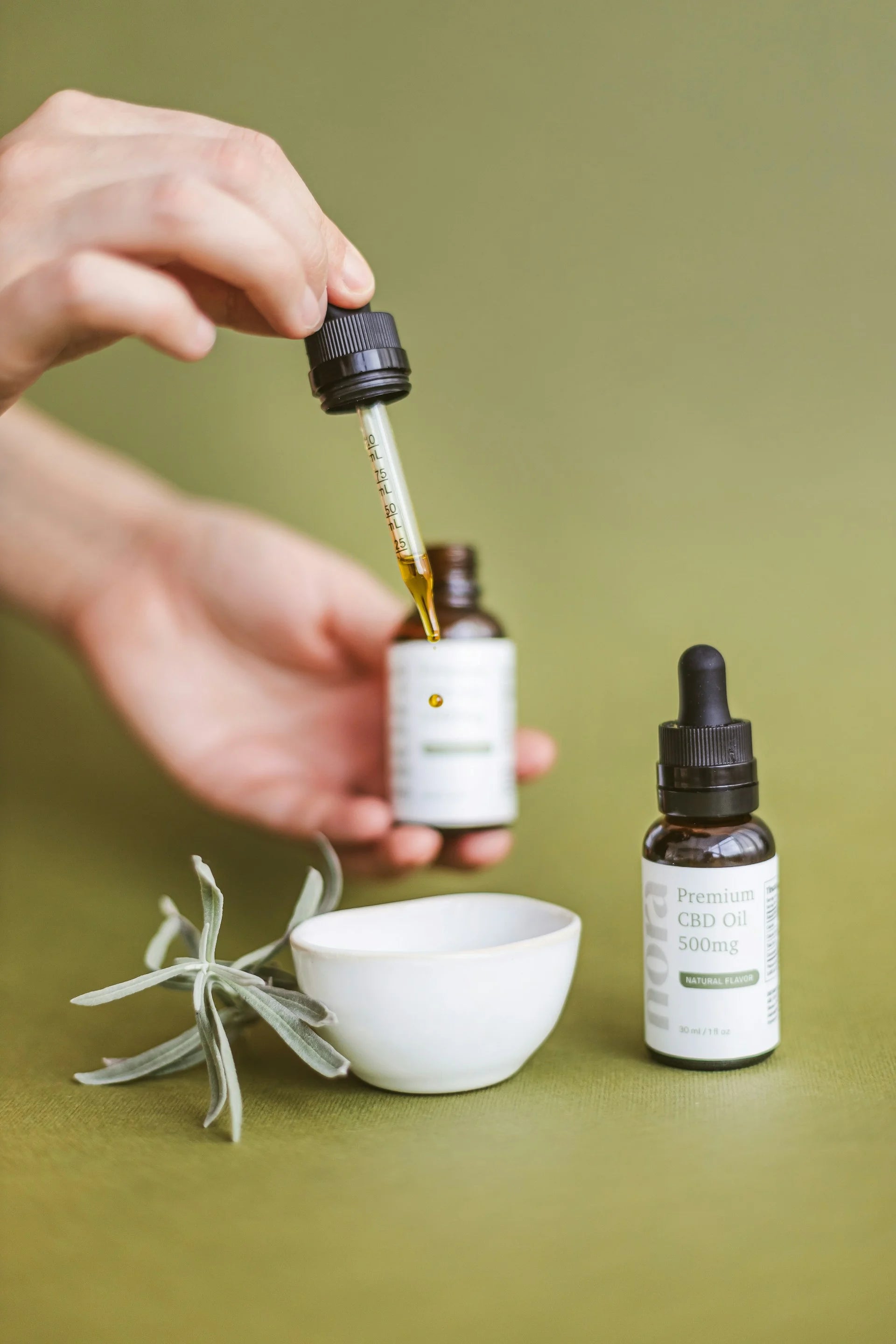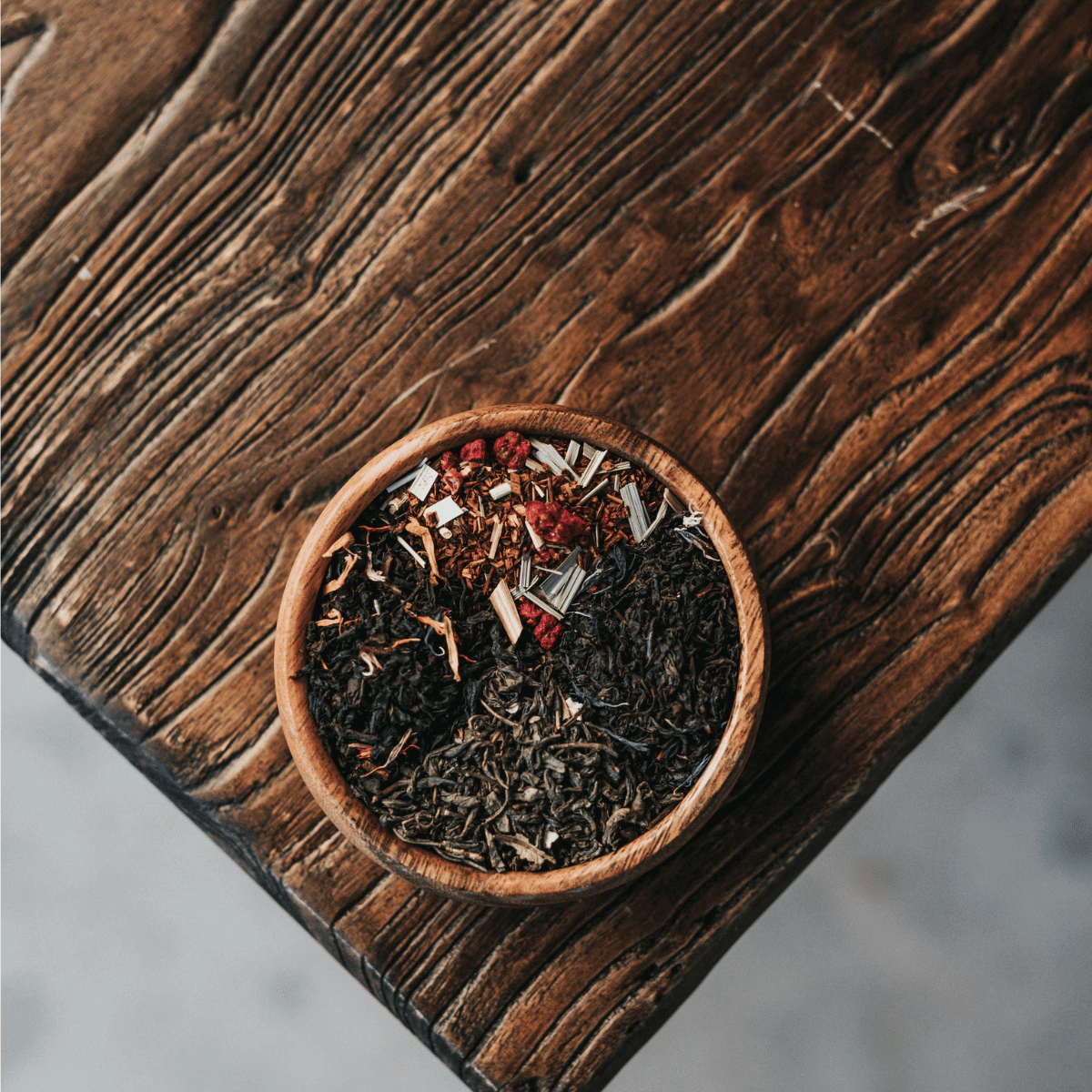Can I smoke calamus root?
Calamus root, also known as flag root, is used as a smoking ingredient. Are you thinking about whether you can smoke calamus or not? Well actually it can be quite dangerous… Keep reading to learn more!
What is it, and where does it come from?
Calamus is originally a plant whose root, called rhizome, is used for making medicine. Calamus is used for stomach issues, earaches and skin problems. Moreover, some people use it as a spice in food.
Its scientific name is Acorus calamus, but the plant is also known as sway, sweet flag or even muskrat root. It is a flowering plant species that also has psychoactive chemicals. It is from the family of Acoraceae and is a tall wetland monocot in the genus Acorus. Calamus has been found in America, and was widely used by native americans as a supplement.

What is calamus used for?
Calamus is a plant that has many uses. The roots known as rhizomes are used for medicine. Not only this but it is used to solve skin and stomach issues. Similarly, its oil is used to treat bronchitis. Beta-asarone is also extracted through the calamus, which treats issues in the nervous system. However, none of these claims have been proven by scientific studies.
Acorus calamus has been a hallucinogen and has had many folk medicine applications since ancient times. Calamus flower stems can be eaten raw, partially grown, which is a forager's delight. The roots are safe to eat, with a gingery, spicy, bitter, and sweet flavour.
Can you ingest calamus?
It works best for nausea and a "nervous" tummy caused by panic attacks and anxiety issues. However, excessive consumption can easily actually boost the stomach and cause vomiting. Car sickness, as well as other types of motion sickness, might be relieved by chewing Calamus.

It is important to note that Calamus essential oil is toxic and may cause cancer. This means that it has the potential to cause tumours, narcotic effects, seizures as well as hallucinations. So basically we do not recommend you to eat it. No healthcare professional either recommends intaking the calamus in the disclaimer of its negative effects.
What is the difference between calamus and sweet flag?

Photo from Florealpes
Many people get confused between sweet flag, which is also known as sweet sedge, myrtle flag, and acorus calamus. They are quite different from each other, although they are virtually identical. The difference between both is that calamus has several veins along each leaf's length that are prominently visible when sweet flag has only one vein on each leaf.
You can identify the calamus by its 2 or more than 2 midveins. Additionally, its seeds are viable, but some botanists group them with North American sweet flags as the same species.
What is the medicinal use of the calamus?
Calamus has been used by herbalists for many years to today. Calamus is also used in ayurvedic medicine as an aphrodisiac and is also carminative. Calamus tincture is used to get relief against pain, for gastrointestinal problems, anorexia and other stomach issues.

Are there any potential health benefits in smoking calamus root?
Some people chew calamus to remove the odour of tobacco. It is also used as a narcotic. Many people use it to boost their well-being and the plant also acts as a hallucinogen. When taken orally, the calamus is LIKELY NOT SAFE AT ALL.
It has the potential to cause shaking, kidney damage, and seizures. The Food and Drug Administration (FDA) prohibits the use of calamus in foods because, according to research, almost three of the four species found worldwide contain a cancer-causing chemical known as beta-isoasarone.
What are the side effects of smoking calamus?
Calamus can cause a lot of side effects. From vomiting to Alzheimer's disease, it can cause many issues. It is more harmful as it causes cravings, slow intestinal movements, fast heart rate, alertness, anxiety and stress. Its essential oil, made from dried roots, is not safe and is not recommended by professional health experts.
Is calamus a hallucinogen?
Acorus calamus has been a hallucinogen since the old times and has several folk medicine applications like getting rid of sore throat. Calamus is chewed by many people to remove the smell of tobacco from the mouth. It is also used as a stimulant and causes hallucinations. However, these claims are not supported by scientific evidence yet.
Is calamus a drug?
Calamus is a herb that is used as a drug in many pharmaceuticals.
Is calamus smoke harmful?
Calamus is harmful, and it is not recommended to smoke it. It can cause shaking, seizures, nerve damage and also kidney damage. The FDA has banned its use, and it has cancer-causing agents in it.
What is the history of smoking calamus root?
Calamus was used by ancient Americans and in many other parts of the world. People used to smoke it to reduce stress, pain or anxiety. Similarly, it was smoked as a drug to treat stomach issues and other body problems.
Is it a good tobacco replacement?
Although it is used to get rid of the smell of tobacco, it is not the best alternative or a good replacement for tobacco as it is harmful to the body. If you are looking to quit smoking and to find a nicotine-free alternative to cigarettes, you might be interested in learning more about catnip, calendula or even oregano and rosemary.
Can you smoke it with other herbs?
Calamus is smoked mainly with cannabis, tobacco and many other herbs.
Conclusion: Can I smoke calamus root?
Calamus root is never recommended to smoke. It is not only unsafe and toxic to the body, but it is also banned by many governments. It is used in the medical field but under strict observation of professionals, so it may not cause any harmful or negative effects on the body.
*This article is not to be interpreted as a statement of any form by Spliff but merely a compendium of information compiled from other sources. These statements have not been evaluated by Health Canada, FDA or any other regulatory body. Consult your doctor before ingesting or smoking any herbal product.*
WANNA LEARN MORE ABOUT CALAMUS? BROWSE OUR SOURCES BELOW!
Balakumbahan, R., Rajamani, K., & Kumanan, K. (2010). Acorus calamus: An overview. Journal of Medicinal Plants Research, 4(25), 2740–2745. https://academicjournals.org/article/article1380712717_Balakumbahan%20et%20al.pdf
Devi, S. A., & Ganjewala, D. (2009). Antimicrobial activity of Acorus calamus (L.) rhizome and leaf extract. Acta Biologica Szegediensis, 53(1), 45–49. http://160.114.156.156/index.php/abs/article/view/2667
Jain, N., Jain, R., Jain, A., Jain, D. K., & Chandel, H. S. (2010). Evaluation of wound-healing activity of Acorus calamus Linn. Natural Product Research, 24(6), 534–541. https://doi.org/10.1080/14786410802531782
Imam, H., Riaz, Z., Azhar, M., Sofi, G., & Hussain, A. (2013). Sweet flag (Acorus calamus Linn.): An incredible medicinal herb. International Journal of Green Pharmacy (IJGP), 7(4).
Olas, B., & Bryś, M. (2018). Is it safe to use Acorus calamus as a source of promising bioactive compounds in prevention and treatment of cardiovascular diseases? Chemico-Biological Interactions, 281, 32–36. https://doi.org/10.1016/j.cbi.2017.12.026
Mcpartland, J. (2008). Adulteration of cannabis with tobacco, calamus, and other cholinergic compounds. Cannabinoids, 3(4), 16–20. http://www.cannabis-med.org/english/journal/en_2008_04_2.pdf







Leave a comment
All comments are moderated before being published.
This site is protected by reCAPTCHA and the Google Privacy Policy and Terms of Service apply.